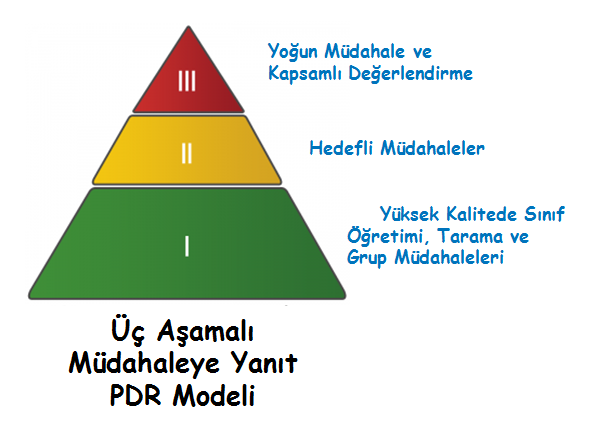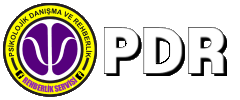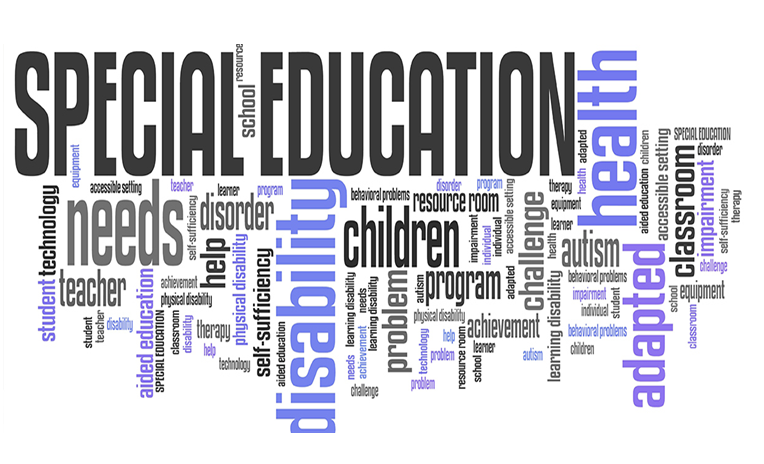Response to Intervention (RTI): Three-Tier Model

Response to Intervention (RTI): Three-Tier Model
The purpose of this article is to inform readers about Response to Intervention (RTI). RTI that is a very common counseling practice in the USA is a multi-tier approach to the early identification and support of students with learning and behavior need.
The public school system must meet the comprehensive learning needs of each student to reach high expectations. Equity of access to quality public education is the right of every student and the responsibility of our school system.
Today national government and all schools must hold themselves accountable for the results of our children. And when we see significant groups of students falling far short of the goal of proficiency we must focus as never before on solutions and evidence based academic and counseling practices like Response to Intervention (RTI).
Response to Intervention (RTI) is intended to provide individual children with classroom-based interventions using ongoing assessment information, and input from teachers and families.
RTI is also defined as providing high quality instruction and interventions matched to student need, with frequent monitoring of progress to make changes in instruction or goals and applying child response data to important educational decisions
RTI is generally defined as a three-tier (or three-step) model of school supports that uses research-based academic and/or behavioral interventions. As it is explained by RTI Action Network (2018), the Three-Tier Model is described below.
Tier 1: High-Quality Classroom Instruction, Screening, and Group Interventions
Within Tier 1, all students receive high-quality, scientifically based instruction provided by qualified personnel to ensure that their difficulties are not due to inadequate instruction. All students are screened on a periodic basis to establish an academic and behavioral baseline and to identify struggling learners who need additional support.
Students identified as being “at risk” through universal screenings and/or results on state- or districtwide tests receive supplemental instruction during the school day in the regular classroom. The length of time for this step can vary, but it generally should not exceed 8 weeks. During that time, student progress is closely monitored using a validated screening system. At the end of this period, students showing significant progress are generally returned to the regular classroom program. Students not showing adequate progress are moved to Tier 2.
Tier 2: Targeted Interventions
Students not making adequate progress in the regular classroom in Tier 1 are provided with increasingly intensive instruction matched to their needs on the basis of levels of performance and rates of progress. Intensity varies across group size, frequency and duration of intervention, and level of training of the professionals providing instruction or intervention. These services and interventions are provided in small-group settings in addition to instruction in the general curriculum. In the early grades (kindergarten through 3rd grade), interventions are usually in the areas of reading and math. A longer period of time may be required for this tier, but it should generally not exceed a grading period. Students who continue to show too little progress at this level of intervention are then considered for more intensive interventions as part of Tier 3.
Tier 3: Intensive Interventions and Comprehensive Evaluation
At this level, students receive individualized, intensive interventions that target the students’ skill deficits. Students who do not achieve the desired level of progress in response to these targeted interventions are then referred for a comprehensive evaluation and considered for eligibility for special education services under special education law. The data collected during Tiers 1, 2, and 3 are included and used to make the eligibility decision.
It should be noted that at any point in an RTI process, The law allows parents to request a formal evaluation to determine eligibility for special education. An RTI process cannot be used to deny or delay a formal evaluation for special education.
In addition to variations in the tiers used to deliver RTI services, schools use different approaches in implementation, such as problem-solving, functional assessment, standard protocol, and hybrid approaches. Although there are many formats for how a school might implement RTI to best serve the needs of its students, in every case RTI can be a school-wide framework for efficiently allocating resources to improve student outcomes.
Türkçe Çeviri ; Bingül UZEL ( TIKLA )


















